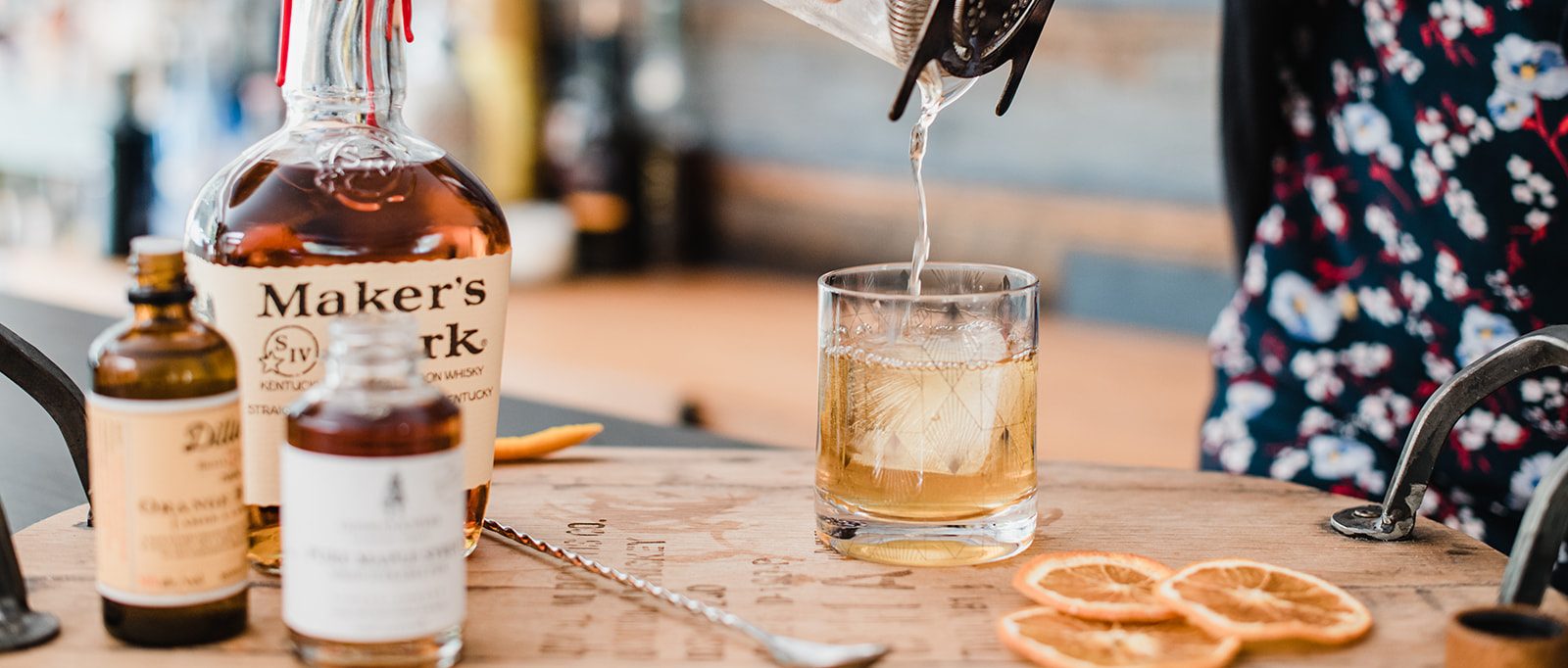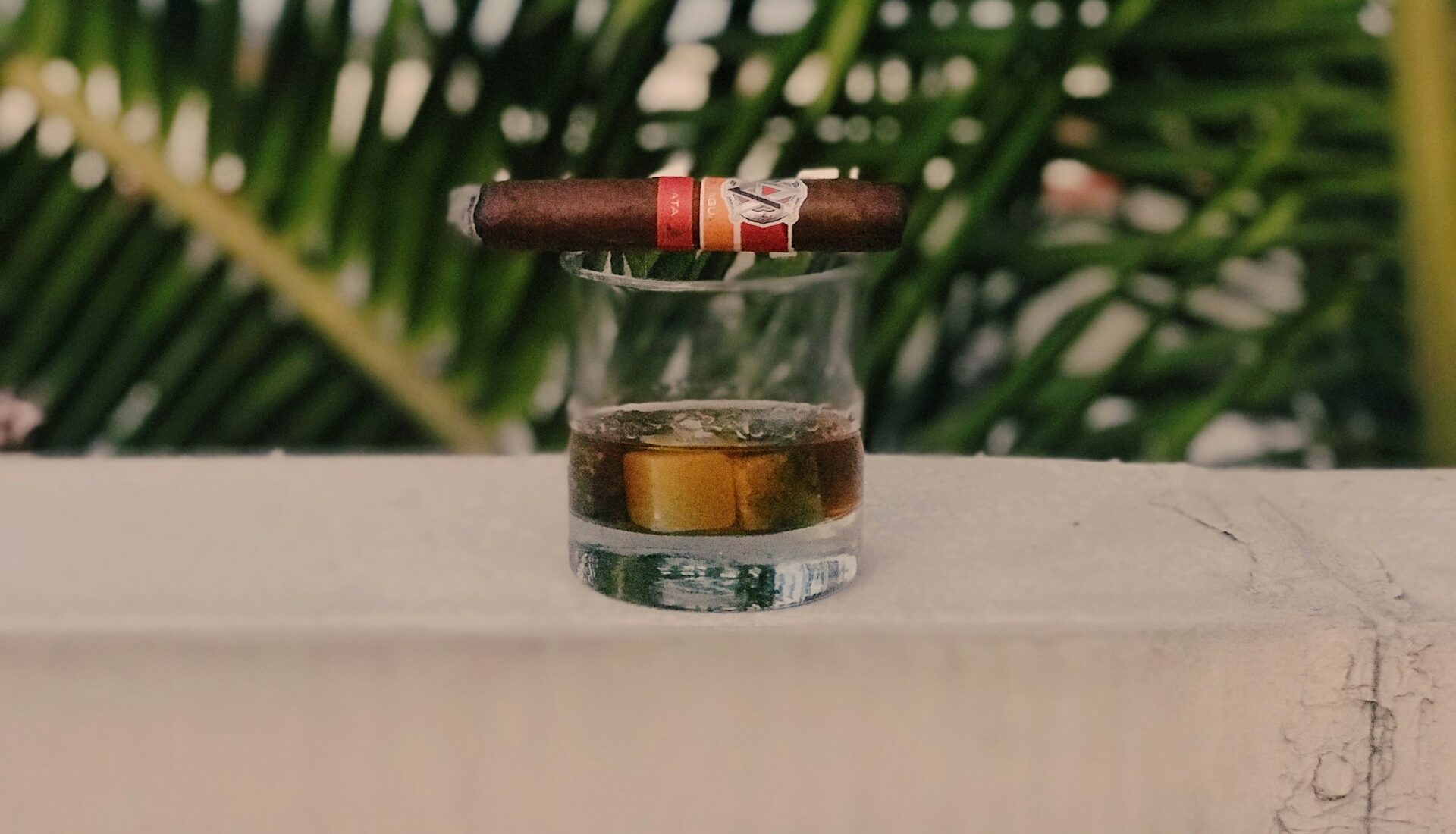Seagram’s 7 VS Crown Royal Whisky: An American icon against a Canadian classic
Whisky is a timeless drink for the ages- but it wasn’t the pure stuff that ruled the 20th Century. Blended whiskies were in charge in the 1900s- coming charging out of prohibition and into the hearts’ of North Americans everywhere.
Of all the blends in the post-prohibition mix, there were two bottles that rose to the top: Seagram’s 7, and Crown Royal. In a battle of the cult-classic titans, who comes out on top? My detailed comparison of Seagram’s 7 VS Crown Royal hopes to provide an answer.
Before I go into the details of each one, let me start by saying this: love them or hate them- nobody can deny the iconic status of both of these whiskies. Seagram’s 7 was a post-prohibition staple that defined drinking culture in America for the best part of a Century- a Crown Royal remains a leading Canadian brand- to this day.
Interestingly, both of these whiskies were introduced by Seagram- and they were both born in Canada. While Crown Royal remained north of the border (it was sold only in Canada until the mid-60s) until Seagram’s was dissolved, Seagram’s 7 quickly made its way south and was adopted as a popular American blend.
Seagram’s 7 first appeared on the back of prohibition in 1928. It was one of America’s most-sold whiskey brands for decades- sweeping dive bars all through the 50s, 60s, and 70s. No matter what people think of it now, it earned the right to call itself an icon- something the brand proudly states to this day.
Crown Royal was released in 1939 to mark the arrival of King George VI and Queen Elizabeth on their visit to Canada. Until 1964, the product was exclusive to the country- at which point it was bought over by Diageo in 2000 and brought to the US. Since then, many variations of the original have been released- but the classic recipe remains as their signature bottle to this day.
Both of these bottles are blended whiskies but their components are very different. Crown Royal follows the trend of most Canadian blends- combining various whiskies of different ages. Seagram’s 7, on the other hand, is three-quarters grain-neutral spirit and just one-quarter whisky- giving to very different finishes and flavours.
Another trait these whiskies share is their lack of depth. It transpires that decades of history doesn’t necessarily equate to quality – and most connoisseurs would agree that both these whiskies are fairly bottom shelf. Their low prices reflect this, adding to their popularity as cocktail whiskies predominantly used for mixed drinks than drank neat.
Seagram’s 7 is one half of the 7&7 cocktail- a staple in dive bars everywhere for people looking for an easy-drinking take on whiskey. Crown Royal is synonymous with cocktail making- with the brand promoting it predominantly for that purpose. (If you’re familiar with Scottish blends, you could liken it to the entry level Red Label blend by Johnnie Walker or Dewar’s White Label.)
Last but not least- both Seagram’s 7 and Crown Royal prove that a name and legacy can and will drive sales- regardless of how good a product actually is. It’s no secret that these are sub-par whiskies- as far as flavour goes- but they’re still category leaders nonetheless. Seagram’s 7 is the USA’s 12th best-selling whisky- and the sixth best-selling American whisky in the world. Crown Royal is Canada’s number one blended whisky brand – so there’s something to be said for icon status.
This review, however, is not about how well they sell or how impressive their histories are- it is about how they stack up as whiskies. When it comes to taste, finish, and drinking experience- do they live up to the legends? Here’s my take on that question.
Seagram’s 7 VS Crown Royal Whisky: Quick Look Comparison
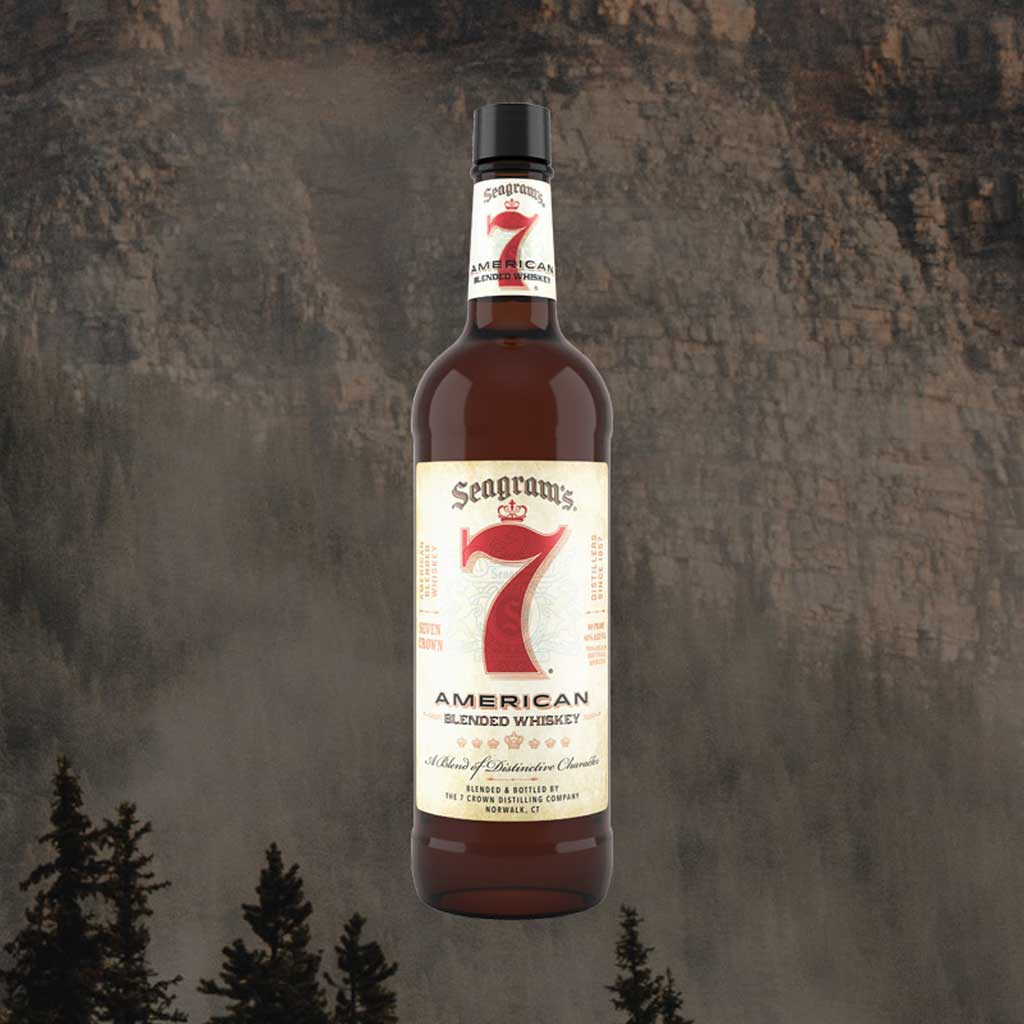
| Nose | Maple, coffee, caramel, industrial alcohol |
| Palate | Sweet caramel, burnt coffee, sour |
| Mouthfeel | Dry, lingering |
| Finish | Subtly sweet, slightly charred |
| Age | 4 years (minimum) |
| Cask/Barrels | Oak cask |
| Strength | 80 proof / 40% ABV |
| Price | $16/£13 |
Seagram’s 7 Whiskey
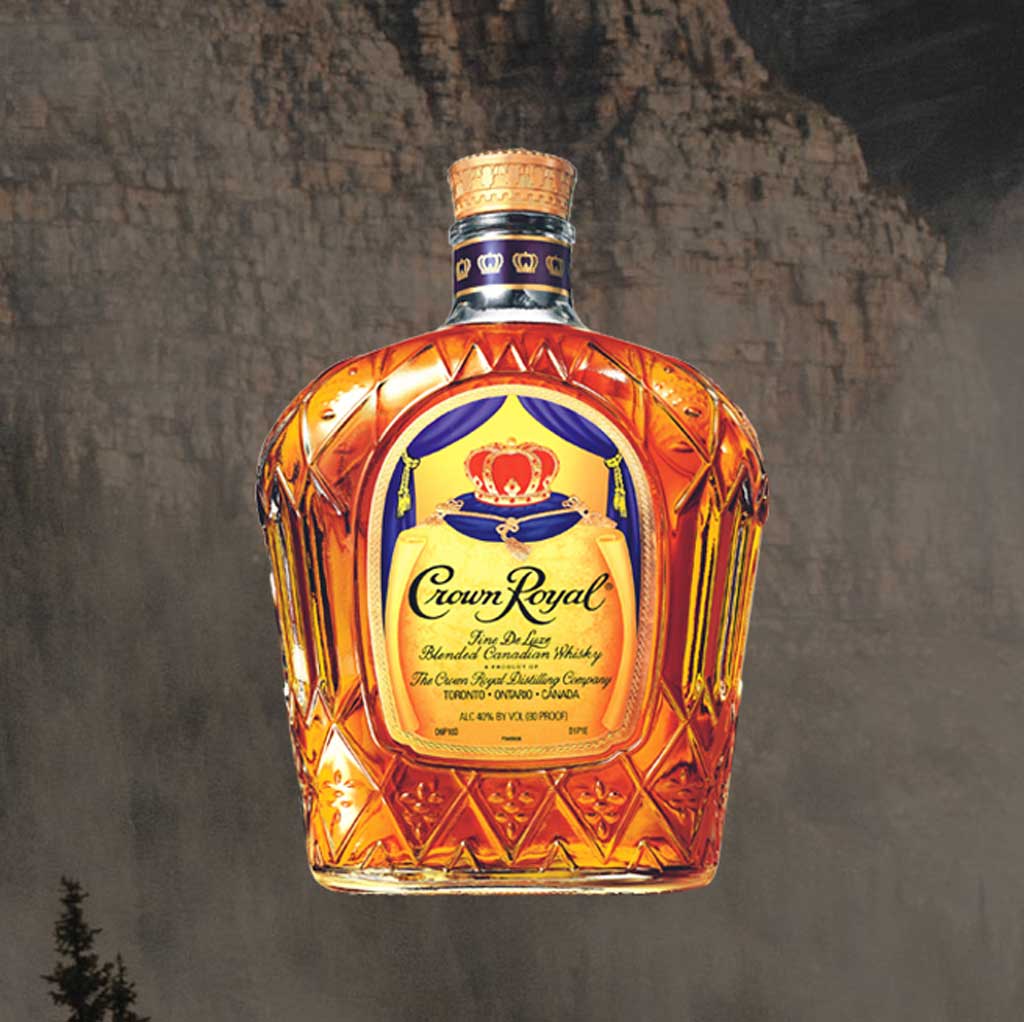
| Nose | Vanilla caramel, citrus, nuts, raw grain |
| Palate | Fruit, caramel, maple syrup, citrus, grainy |
| Mouthfeel | Thin, warm & cloying |
| Finish | Sweet with a hint of lingering raw grain |
| Age | 6 years (average) |
| Cask/Barrels | Charred oak barrels or wine and cognac casks |
| Strength | 80 proof / 40% ABV |
| Price | $31 / £25 |
Crown Royal Whisky
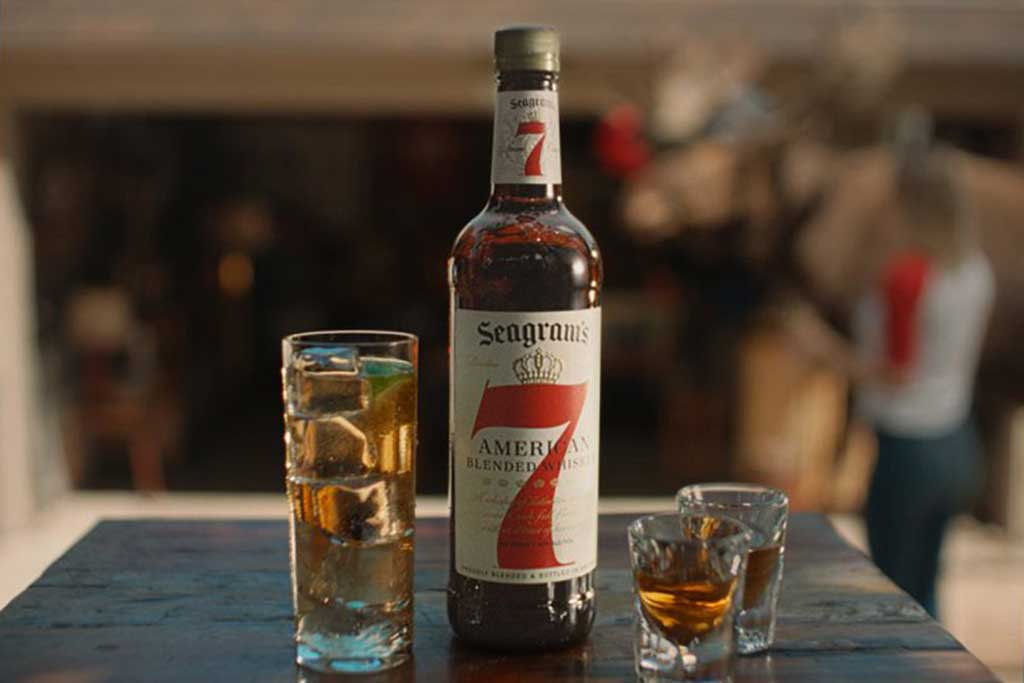
Seagram’s 7 Review
Seagram 7 proudly represents itself as an iconic American whiskey- which is true, given its Century-long history as one of the country’s best-selling brands. In this case, however, iconic should not be confused with best.
There’s a lot to say about Seagram’s 7. In short, it stands as proof that an alcoholic drink doesn’t have to be good to be popular- and you don’t necessarily need a high-quality product to stand the test of time.
Let me be clear though. I’m not saying Seagram’s 7 doesn’t have its time and place on your shelf, but it’s certainly not my favourite (or even close to) when it comes to picking a great-tasting, beautifully finished whisky to enjoy straight up.
I am not here to drag a classic name through the mud- but I wouldn’t be the first to in this case. If you ask most connoisseurs what they think of this whiskey, you are unlikely to hear many complimentary comments. The general consensus is that this is somewhat of a relic- revered for its long-standing history, not its drinkability. Why? Let me explain.
Seagram’s 7 is a blended whiskey with a high grain content and harsh alcoholic taste. It was extremely popular after the prohibition era- and remained so throughout the 1900s. Although originally created in Canada, it was in the US where Seagram’s 7 took root- and fast became a staple in American drinking culture. It was the best-selling blended whiskey in the US in the 70s- a decade where everyone who was anyone was drinking blend- but ask some people, and they will tell you it should’ve stayed there.
What throws Seagram’s 7 relevance today into question? Well, for one- it just doesn’t taste very nice. Of course, what a ‘nice’ whiskey tastes like is subjective, but there are some undeniable unpleasantries about this particular bottle.
Let me begin with the nose. It only takes a whiff to stand back and wonder- is this a whiskey or a vodka? It is a fair question- considering that it has many characteristics of a vodka-like drink- and ranks very low on the scale of what qualifies as whiskey.
To explain further, American blended whiskeys must be a minimum of 20% straight whiskey. Accordingly, Seagram’s 7 is made of 20% whiskey, with the remaining 80% made of neutral grain spirit. (Essentially vodka that hasn’t been distilled enough to be called vodka). This is why it has a sharp, acetone flavour that often reads as vodka to many drinkers.
The nose on Seagram’s 7 is powerfully spirited- think rubbing alcohol with a twist of burnt sugar and coffee. It is not exactly an appealing aroma- and I’m afraid it doesn’t get much better when you take a sip.
On the palate Seagram’s 7 is sharp and a little sweet at first. It is not an obvious sweetness- since it is mixed with a bit of a burn that is almost like over-done popcorn. When the sweetness subsides, you are left with quite a chemically, sour aftertaste that lingers on the tongue a little too long for my liking. It tastes a whole lot stronger than its 40% ABV- alarmingly so the first time you drink it.
But it is not all bad– and there is a reason Seagram’s 7 has been so popular for so long. Two reasons, actually. The first- it is an essential component in a cocktail so well-loved that it even has its own day. On July 7th, you drink 7&7s. Known as National Dive Bar Day (incidentally, a good representation of what this drink tastes like), the 7th of July was made official by Seagram back in 2018. A 7&7 is made using Seagram’s 7 and 7UP- no awards for guessing that one! As a mixer, Seagram’s 7 works perfectly- especially in this classic combo that helped solidify the whiskey as a dive bar staple.
The second thing to love about this whiskey is the price. You can pick up a bottle of Seagram’s 7 for between $11 and $13- a bottom-shelf bargain for the ages. Sure, it is not going to blow your mind as the best whiskey you ever tasted- but it also won’t blow your party budget if you’re looking for a cheap and cheerful liquor to add to a mixer.
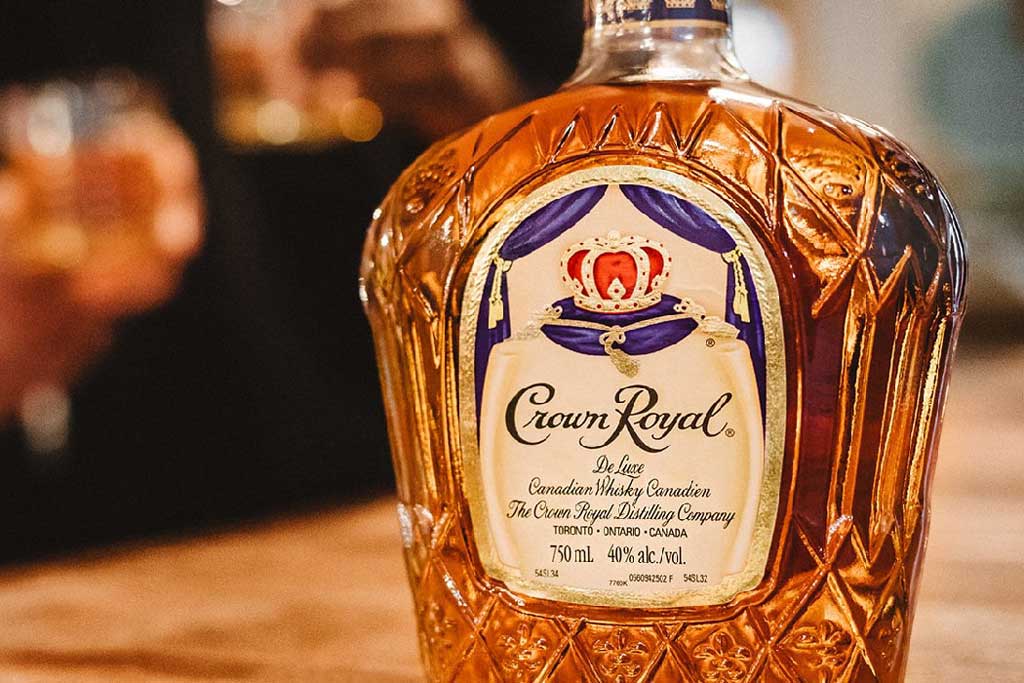
Crown Royal Review
Now, for our second contender. Another Canadian-born whiskey (except this one stuck it out north of the border) is Crown Royal- a drink that is often compared to Seagram’s 7 and has similar beginnings. It was first introduced by Seagram in the 1930s- a little later than our first bottle in this battle, but early enough to stamp its mark as one of the most popular blends of the 1900s.
Crown Royal is actually the top-selling brand of Canadian blend whisky. With nearly 8 thousand, 9 litre cases sold in 2021, it outsold it’s competitors 4 times over. Crown Royal blends several whiskies into one to create this smooth, slightly cloying bottle. Like Seagram’s 7, it is a true classic with a lengthy history and huge fan base- but it also lets the side down when it comes to depth of flavour.
The nose more complex and inviting with mixed notes of citrus, nuttiness, and what I would describe as the same vanilla caramel syrup used for hideously sweet milky coffees. It does have an unignorable scent of raw grain which can be a divisive characteristic, depending on your personal tastes.
For me, it’s not particularly off-putting to pick up raw grain in the aroma, but when it carries through to the taste, I have a slight issue. Sadly, that is the case here- but not so much so that it ruins the drinking experience entirely. It’s certainly there on the palate, but there’re enough notes of fruity citrus and maple sweetness to keep things interesting.
The mouthfeel is somewhat cloying- but smooth, nonetheless. Crown Royal presents a much sweeter profile that Seagram’s 7, so if you’re looking for something extra sweet to mix with soda Crown Royal might be your better option.
The finish drags a bit with those haunting raw grain tones coming back for a final punch at the end. Overall, the aftertaste is short, thin and a little unbalanced- but not undrinkable, especially if you use it in a cocktail.
Speaking of cocktails, this is really where Crown Royal shines. As a straight drink, not so much- but mixed, it actually shines. Despite the flavour imperfections and miss-the-mark mouthfeel, it works really well as a smooth, warm addition in many cocktail variations. In fact, Crown Royal all but market it as a cocktail ingredient, rather than a whisky. Something to keep in mind if you’re entertaining a group of friends or just need a low cost whisky base-spirit.
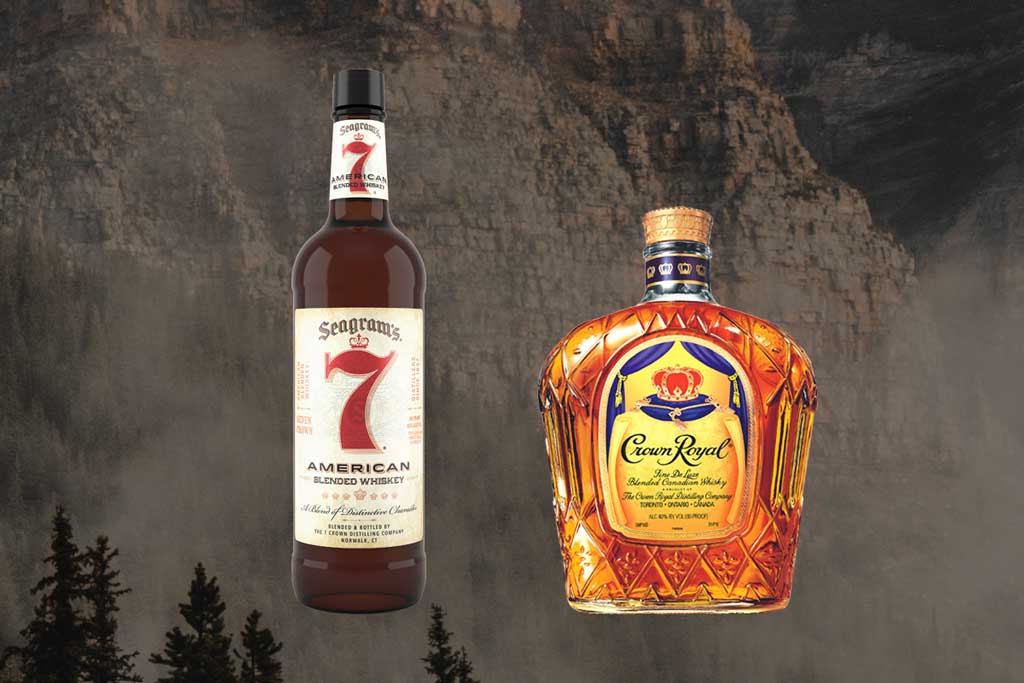
Seagram’s 7 VS Crown Royal Whisky: The Comparison
Let’s take a look at how these two bottles compare on the things that matter the most. Overall, there are quite a few similarities between the two- but where it counts, I notice some clear differences.
Price: Neither of these whiskies are exactly top shelf, and the prices reflect that. Crown Royal is around $31 / £25 a bottle, compared to Seagram’s 7, which is more like $16 / £13. If you’re looking for the cheapest option for a go-to cocktail mixer, then they don’t come much cheaper than Seagram’s 7. That said, Crown Royal is also a budget-friendly option.
Strength: Both are 80 Proof or 40% ABV. Despite the equal measurements, Seagram’s 7 tastes a whole lot more potent, so if you like a very alcoholic taste- great- if not, give it a miss.
Taste: This is where things go down very different paths. Let me start by saying that, in my opinion, neither of these whiskies is top of the class in balanced flavor profiles. I would say Crown Royal is definitely better all-round- not because it is great, but because Seagram’s 7 is really not good at all.
This may sound harsh, but calling a spade a spade, it is simply not an enjoyable blend to drink straight up. Crown Royal might be cloyingly sweet on parts of the palate, but at least it has some depth of flavor and varied notes that make it interesting- rather than the most prominent aroma and taste being pure alcohol.
Although I would not recommend either of these as a whiskey to drink on the rocks, if I had to choose one, it would be Crown Royal. In cocktails, both work fine- but Crown Royal is smoother and more diverse overall.
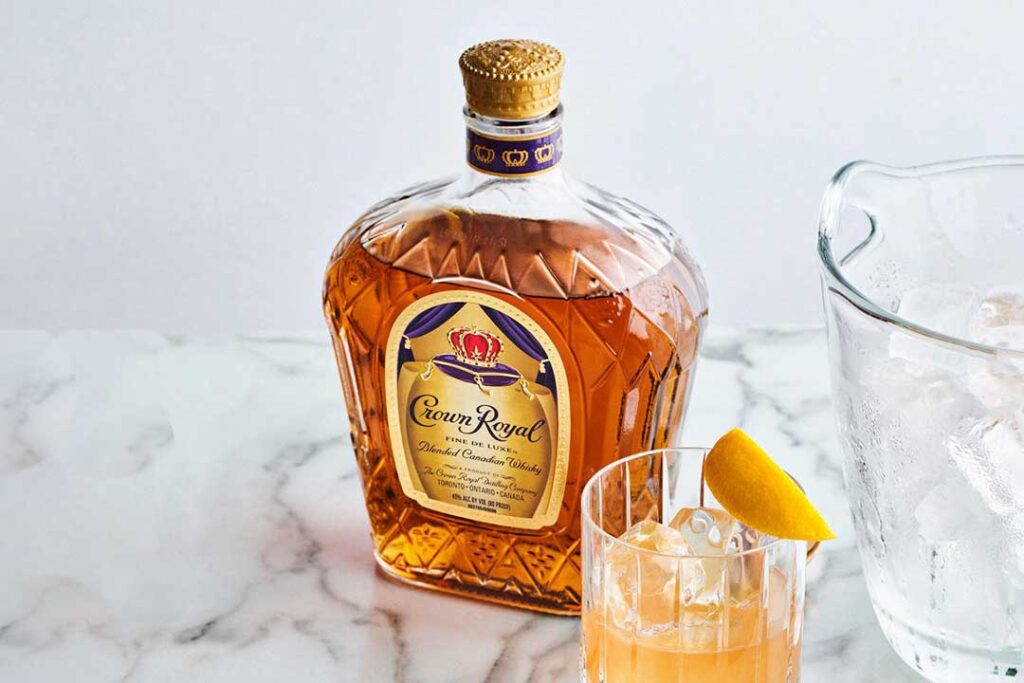
Seagram’s 7 VS Crown Royal Whisky: Final Thoughts
Having covered the details of these two iconic whiskies, all that remains is to sum things up and declare a winner. To help do that, I have scored each one out of 10 on five key factors- giving them a total out of 50 for an overall rating. From this table, my winner shall be clear.
| Seagram’s 7 | Crown Royal | |
| Colour | 3/10 | 6/10 |
| Aroma/Nose | 3/10 | 5/10 |
| Mouthfeel | 4/10 | 5/10 |
| Taste/Palate | 3/10 | 4/10 |
| Finish | 4/10 | 5/10 |
| Total Points | 17/50 | 25/50 |
Author’s Pick
In this battle, the winner is clear. Crown Royal may not be the best whisky in the world, but for me, it’s significantly better than Seagram’s 7.
To be fair to Seagram’s 7, it has been a cult classic in the US for close to 100 years- and people still love it for what it is- a dive bar staple to be mixed with 7UP and enjoyed as a cheap and cheerful cocktail. Crown Royal is generally more drinkable, but it wouldn’t be my first choice straight up.
The aroma of Crown Royal is far superior. Seagram’s 7 gives little more than pure alcohol on the first whiff- whereas Crown Royal offers a mixture of citrus, nuts, and sweetness. There is no competition whatsoever on this front.
On the palate, the theme continues. The flavour of Crown Royal is not bad- it is just a little bit much over time. The sweetness is quite cloying, it is a little off-balanced, and the raw grain does come through- but it is not unpleasant in small doses. Seagram’s 7, on the other hand, is a bit of an affront to the senses. It tastes more like a bad vodka than a whisky- with a lingering, sour finish and a sweetness that tastes burnt.
Both would have lower marks for drinkability if it wasn’t for their use in cocktails. They’re both more than passable as a mixer- showing up in many recipes. Given the low costs, they’re both very acceptable whiskies to have in the cabinet for mixing up a cocktail.
Overall, Crown Royal is the clear winner. Despite Seagram’s undeniable status as an iconic American blended whiskey, it fails to deliver on flavour, finish, and feel- allowing the Canadian classic to sneak ahead as my winner.






